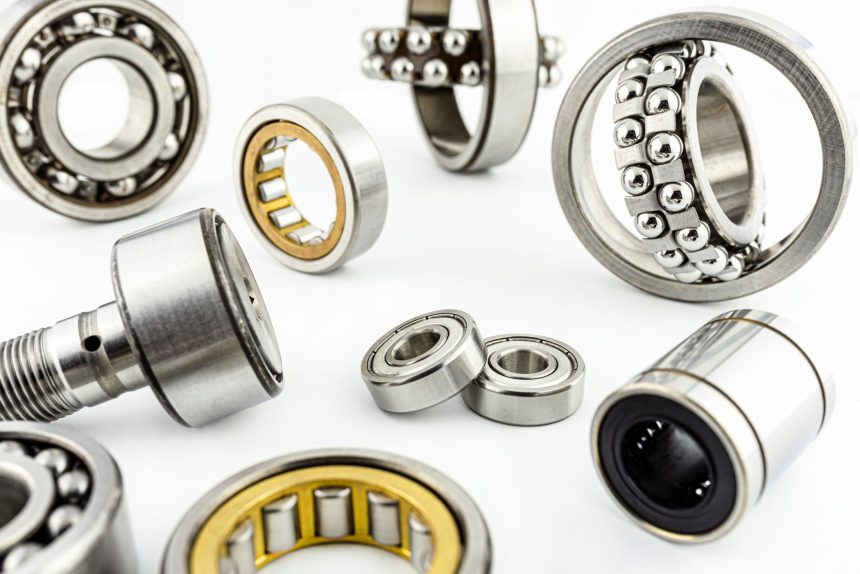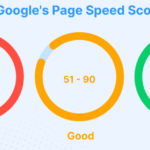It is often the unseen parts of machinery and products that make them work safely and smoothly. One of these unsung heroes is the ball screw. Precision ground ball screws can be manufactured based on drawings and design specifications for each new product. Ball screws are the best screws offered for many uses and they have advantages over roller screws and acme-type screws. These special screws can move heavy loads at fast speeds and with good accuracy.
What are Ball Screws
The ball screw is made of a threaded shaft and a nut. Either component can act as a traversing component. They work in a similar way to ball bearings. Their worth and efficiency depend on the best balance of price, size, performance, flexibility, durability, and design for the application. Ball screws can handle both tensile loads and compression. Choosing the right ball screw manufacturer is important.
There are three types of ball screws including a cylindrical body with a key, flanged, and the v-thread which is custom made to thread into a flange.
Ball-screw Selection
When selecting the correct ball screw for any application, the engineer should take into account these factors:
- Load capacity including static loads and dynamic loads
- Life expectancy
- Speed
- Length
- Mountings
- Application needs including environment and lubrication
Ball crews are not all the same except for size. They have many aspects to consider for each application;
- The ball circle diameter is the circle size created when they contact both the nut and the screw.
- The root diameter is the measurement at the very end of the screw threads. Both the ball circle diameter and the root diameter are used to determine application characteristics and sizing choices for critical speed and column loading.
- Critical speed is the speed that excites a natural frequency in the screw. This critical speed or how a screw resonates varies in connection to unsupported length, its diameter, its end fixity, and its rotational speed.
- The pitch measurement is the distance from one thread to the next one on the screw.
- The lead is one full rotation linear distance traveled by the nut or screw.
- The starts are the total of independent threads on a screw shaft. There are normally one, two, or three starts wrapping around the shaft. You multiply the pitch by the total starts to get the lead of this screw.
- A lash is the result of an axial movement between a screw and a nut without any rotation. This lash can affect the accuracy of the screw by a small amount. This lash can be controlled by preloading care.

There are Mounting Considerations
Engineers designing new products and machines must choose the correct ball screws for each job. They must consider both the load direction and the type of mounting or fixity. Engineers a responsible for considering critical speed and buckling.
The end fixity in bearings is related to how a screw is supported at both ends. The degree needed for fixity is related to the amount of restraint at the screw ends. End fixity can take three forms including free or no support, simple supported at only one point, or fixed with rigid restraint. This fixity affects the critical speed, loading of the column, and overall performance.
There can be groups of ball screws mounted in pairs or equally spaced. In addition, these screws can be supported in different fixity combinations including:
- One end can be supported with a double bearing and the other with a single bearing.
- One end can be supported with a double bearing while the other end is free.
- Both ends can have double bearings.
- Both ends of the screws can be supported with quad bearings which makes them very rigid.
The best practice is to review the proposed setup with the ball screw manufacturer’s experts. The mount-to-mount measure of length tolerance of the finished assembly must be determined. The manufacturer application experts can help the engineer specify the right ball screws and the best way to mount them for maximum performance.
When Are Ball Screws Needed?
It is not always easy for engineers to determine which type of screw to use for a new application. Ball screws and lead screws can serve similar functions. But the ball screws have a screw and a nut, with the nut housing balls that are recirculating to carry the load better. This advanced design has less friction and gives a higher efficiency outcome.
There are applications that exceed the capabilities of lead screws. there are four applications where ball screws are required:
- Heavy loads: The recirculating balls in ball screws give them a higher load capacity than lead screws. Ball screws will last longer in heavy load situations.
- Higher accuracy requirements. Ball screws can be pre-loaded to remove backlash and give higher accuracy. It is easier to choose the correct ball screw for each application because of their straightforward classifications.
- Very high-efficiency requirements can be met with ball screws that rely on point contact to support loads. Point contact support produces a smaller amount of friction and a higher efficiency rating.
- More demanding duty cycles benefit from the ball screw’s lower friction and less heat production. In these applications, the ball screws last longer.
Can Ball Screws Be Repaired?
Companies such as Dynatect not only manufacture new ball screws but repair existing ball screws. In many cases, a combination of repair, emergency stock, and replenishment is the best solution for machine tool owners. Some ball screws may need replacing while others can be repaired and re-installed. The right manufacturer and supplier of ball screws can send experts to determine which screws can be repaired and which ones have reached the end of their lives.
The repair/replace options include reloading where the unit is cleaned and reloaded with new balls. Then it is tested and inspected. There can also be a one-year warranty reload and a temporary reload done depending on the needs of the owner of the machinery.
The second option is rebuilding the screw nuts with regrinding and adding a new ball unit. This has a one-year warranty.
When the ball screws are damaged beyond repair capabilities, new ball screws can be manufactured using the old ones as a guide and using prints, old specifications, and reverse engineering as guides.
Repairing ball screws can save time and money when it is applicable. Replacing worn-out ball screws with newly manufactured ones can lengthen the life of the machinery.















